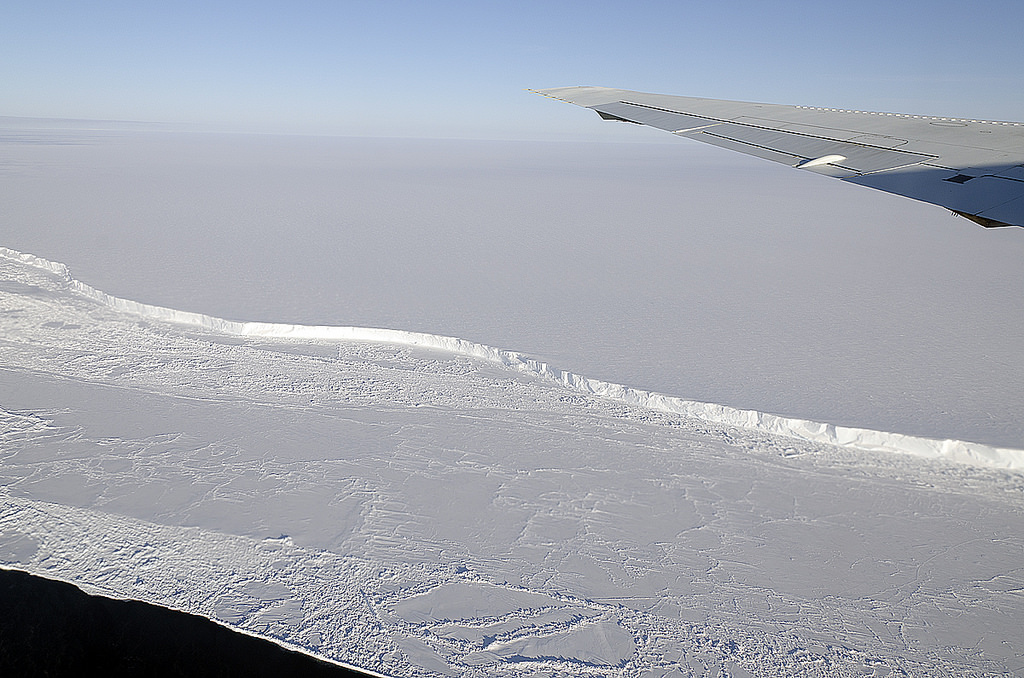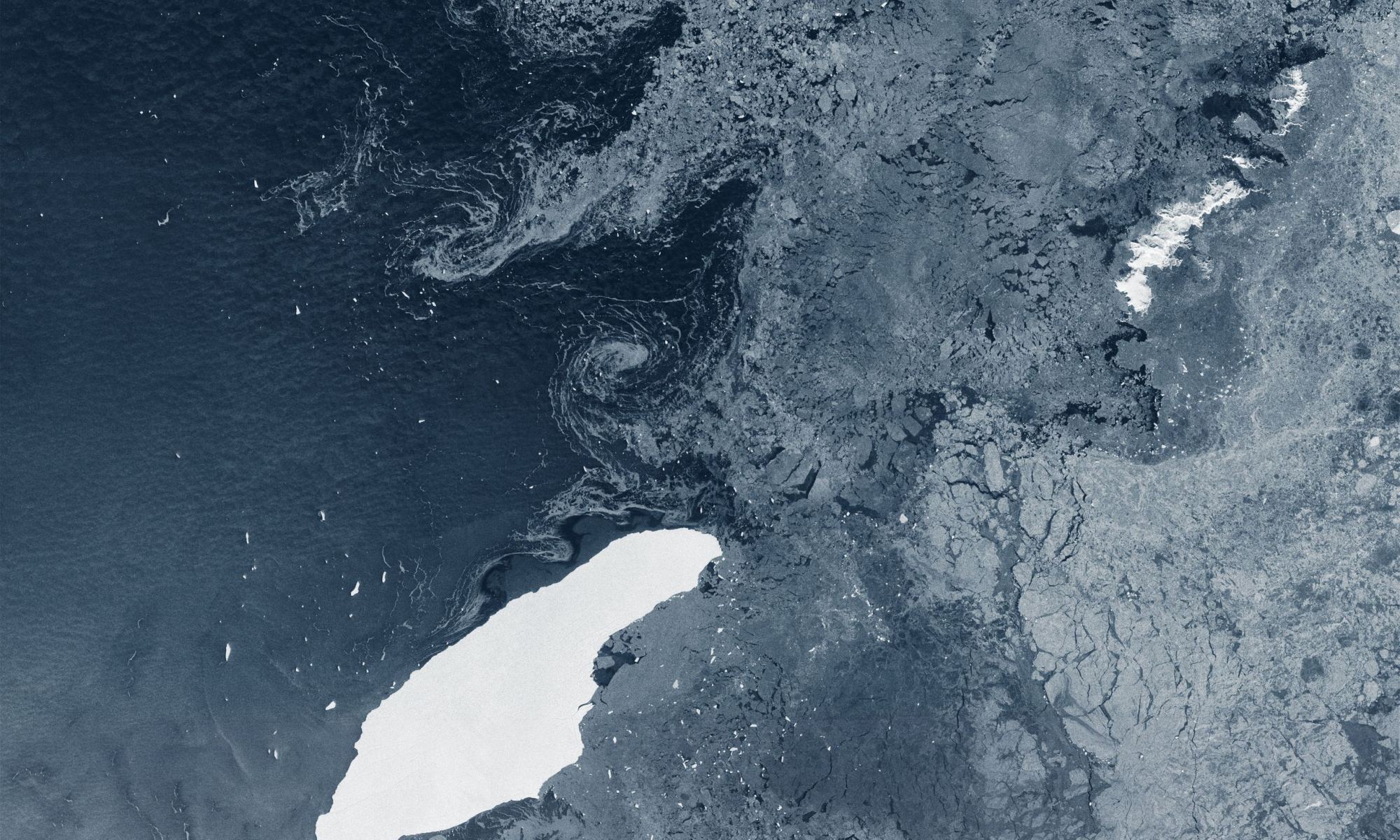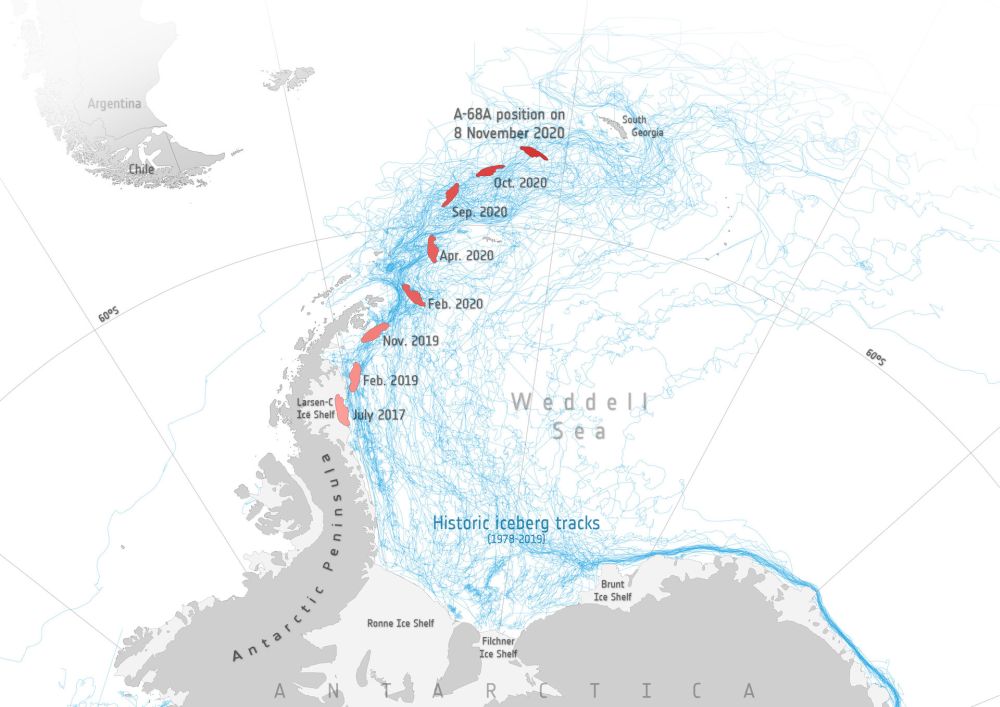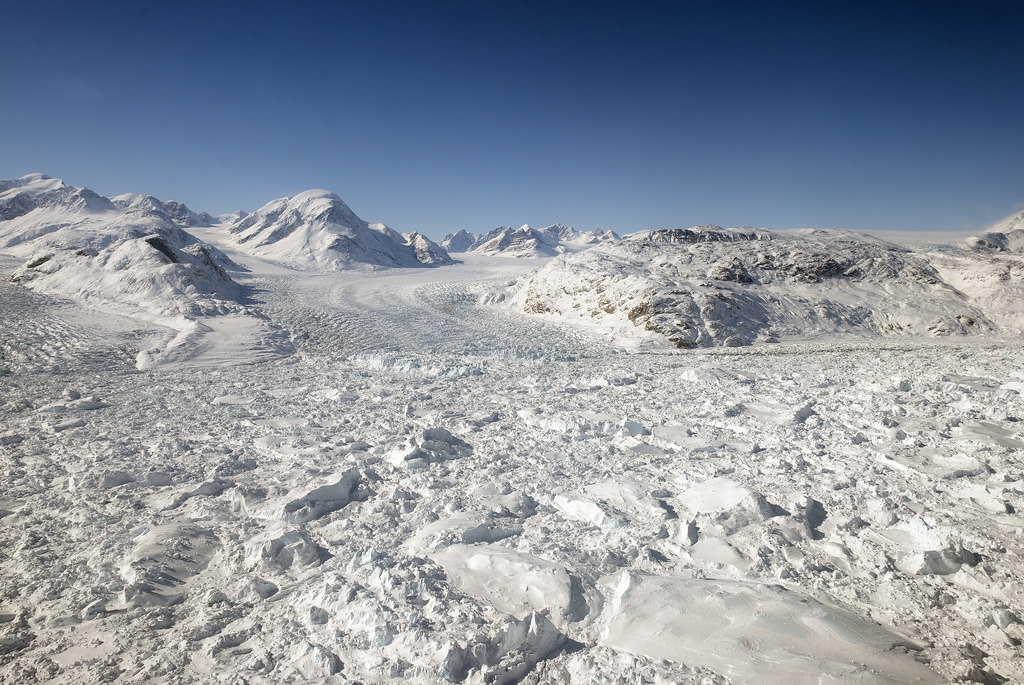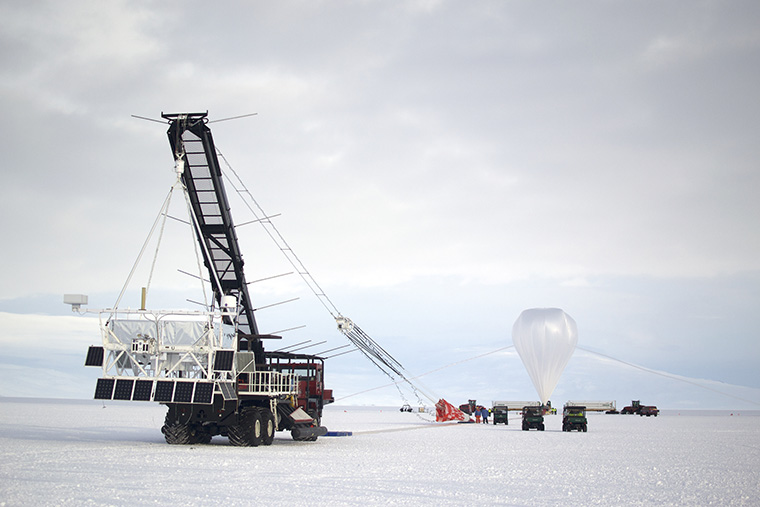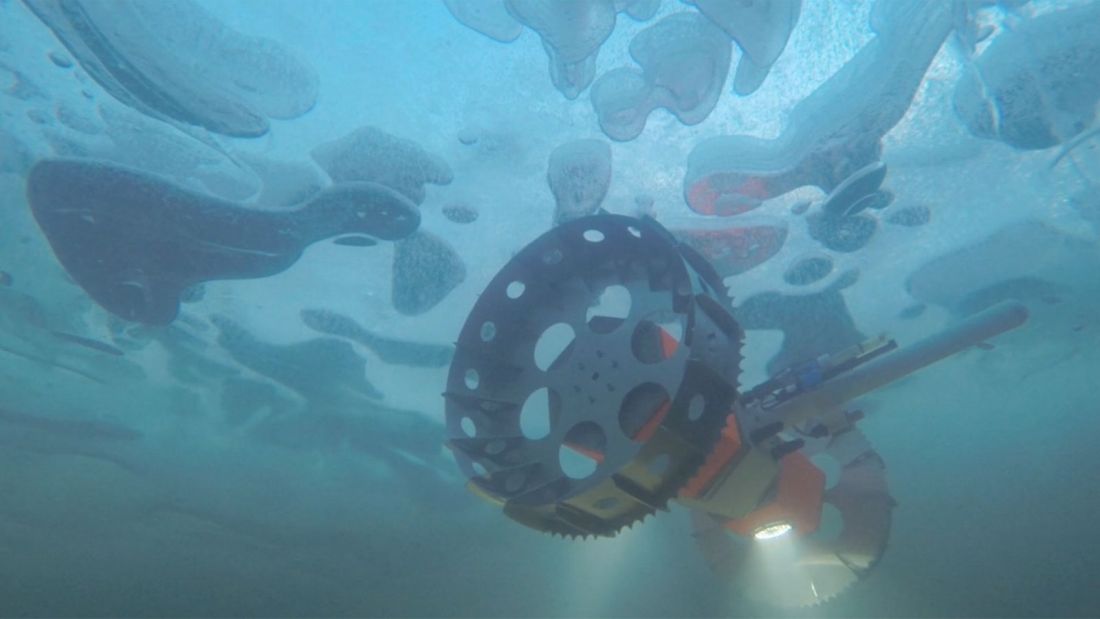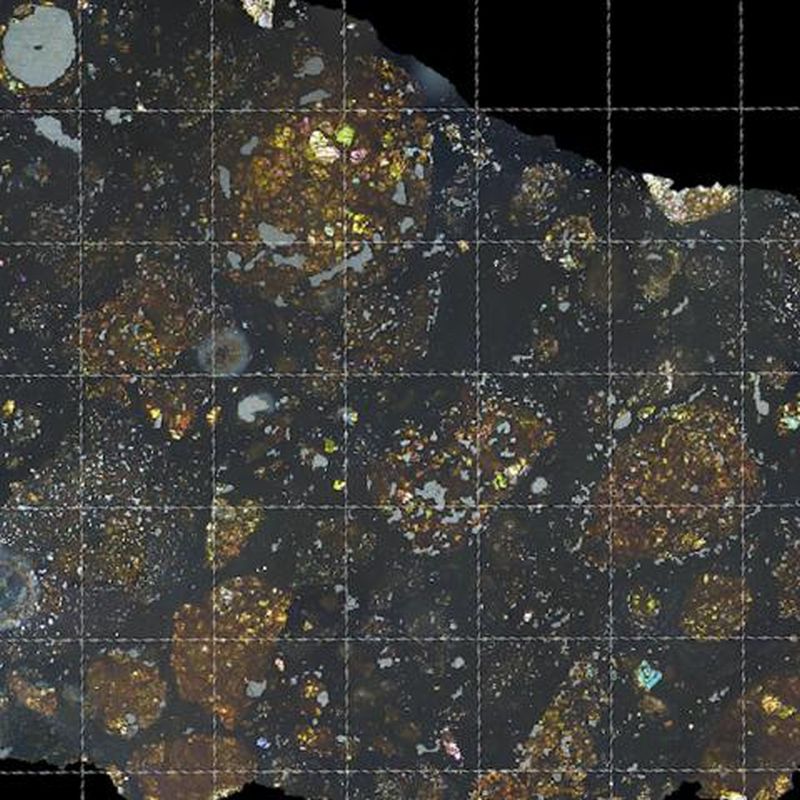Glaciologists have been closely monitoring ice shelves in Antarctica for signs of cracks and chasms that indicate breakups. The loss of ice around the Earth’s polar regions is one of many consequences of climate change, which is leading to rising ocean levels and various feedback mechanisms. Recently, the ESA’s Copernicus Sentinel-1 satellite witnessed a giant iceberg breaking off from Antarctica’s Brunt Ice Shelf on February 26th.
The Copernicus Sentinel mission consists of two polar-orbiting satellites that rely on C-band synthetic aperture radar imaging to conduct Earth observations in all weather conditions. In recent years, it has been monitoring the Brunt Ice Shelf for signs of cracks and chasms. According to the images it recently captured, an iceberg larger than New York City broke free and began floating out to sea.
Continue reading “Another Big Iceberg Just Broke off from Antarctica”
